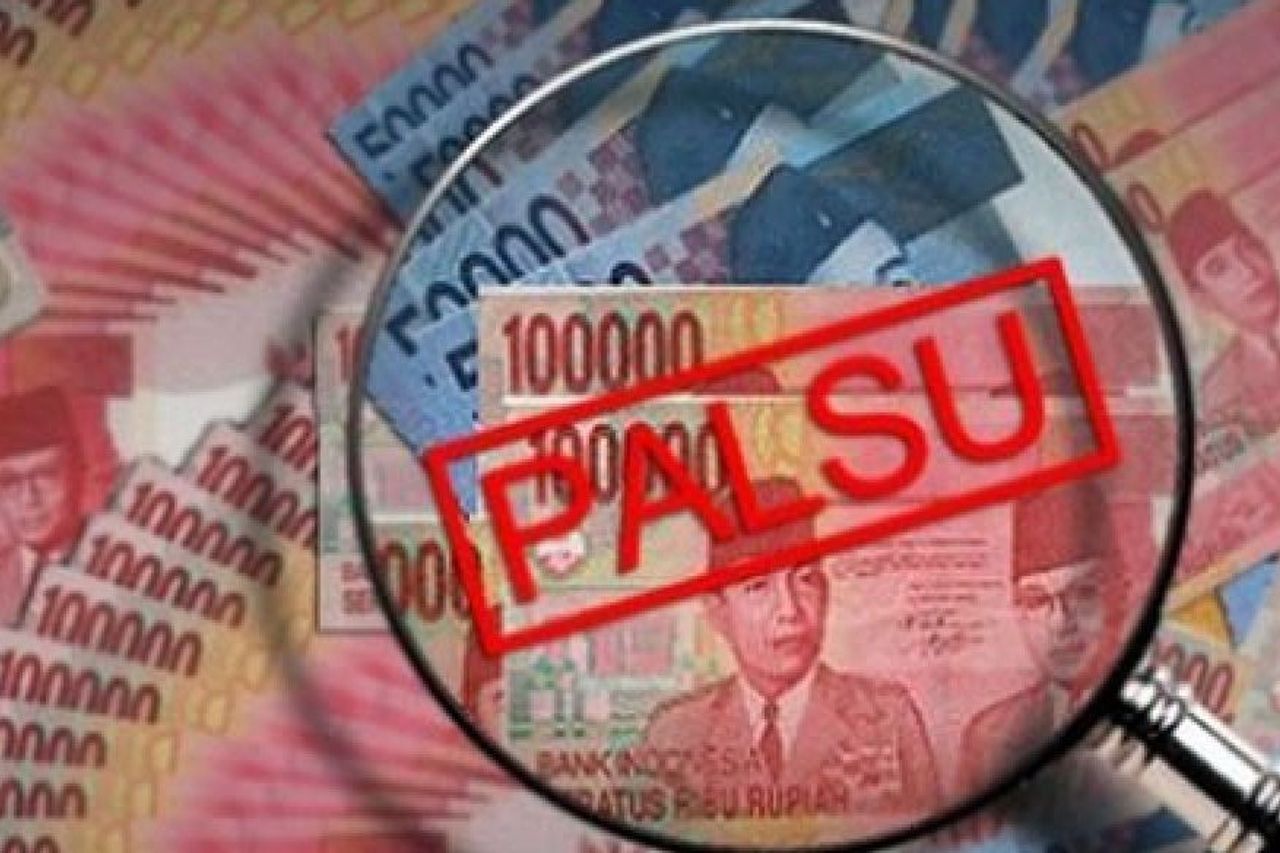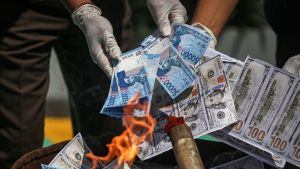BI Claims Fake Money Circulation In Indonesia Continues To Decrease

JAKARTA - Bank Indonesia (BI) claims that the ratio of counterfeit money circulation continues to decline from previous years.
Head of the Bank Indonesia Bank Indonesia Money Management Department, BI Marlison Hakim, said that the ratio of the circulation of counterfeit money throughout 2024 was 4 pieces per million (ppm) or 4 pieces in every 1 million in circulation, while in 2022 and 2023 there were 5 ppm, 2021 7 ppm, and 2020 9 ppm.
"False money is not rupiah currency that can be transacted and has no value," he explained in his statement, Tuesday, December 31.
Marlison said, based on Bank Indonesia data, the findings of counterfeit money showed a downward trend along with the increasing quality of money such as money, printed technology, and increasingly modern and up-to-date safety elements.
"Besides the continued promotion of education, how to identify the characteristics of the massive authenticity of rupiah currency and the close synergy of all elements of Botasupal," he said.
Furthermore, Marlison conveyed that regarding information on social media regarding how to test the authenticity of rupiah currency, people do not need to take other actions that can damage money, such as dividing money.
"As with goods that have thickness, paper rupiah in any condition (whether it is still suitable for distribution or is worn out) can also be split using certain techniques or methods," he said.
Marlison said that splitting rupiah currency is also one of the actions that can be categorized as damaging money and is a violation with criminal sanctions.
As stipulated in Article 35 of Law no. 7 of 2011 concerning Currency stipulates that anyone who intentionally destroys, cuts, destroys and/or changes the rupiah with the intention of degrading the honor of the rupiah as a symbol of the state will be sentenced to a maximum imprisonment of 5 years and a maximum fine of IDR 1 billion.
"BI will continue to strive to strengthen the quality of rupiah currency so that the design of rupiah currency is more easily recognized and makes it difficult for counterfeiting. In addition, BI continues to educate all levels of society nationally through the Love, Proud, Understanding rupiah campaign," he explained.
Marlison added, including inviting the public to recognize the characteristics of the authenticity of rupiah currency through the 3D method (viewed, touching, scanned) and always taking care of rupiah currency to protect yourself from the crime of counterfeit money.
"For this reason, the public should always apply 5 Don't: Don't fold, Don't Cross, Don't Distapler, Don't Cremate, And Don't Wet. Dissemination of information about the authenticity of rupiah money continuously is carried out through socialization and public education, including through social media content, and the BI website," he explained.
In addition, Marlison said that the public can also use a tool in the form of ultraviolet lights (UV) to identify the characteristics of the authenticity of paper rupiah currency that has colored in several colors.
SEE ALSO:
Marlison emphasized that BI also always reminds the public about the punishment for the crime of rupiah currency. As regulated in Article 36 of the Currency Law, every person who fakes rupiah shall be punished with a maximum imprisonment of 10 years and a maximum fine of Rp. 10 billion.
In addition, everyone who distributes and/or spends rupiah which he knows is counterfeit rupiah shall be punished with a maximum imprisonment of 15 years and a maximum fine of IDR 50 billion.
"BI periodically coordinates with all elements of Botasupal (BIN, Polri, Prosecutor's Office, DJBC), banks, and other relevant agencies in preventing and eradicating counterfeit money," he concluded.

